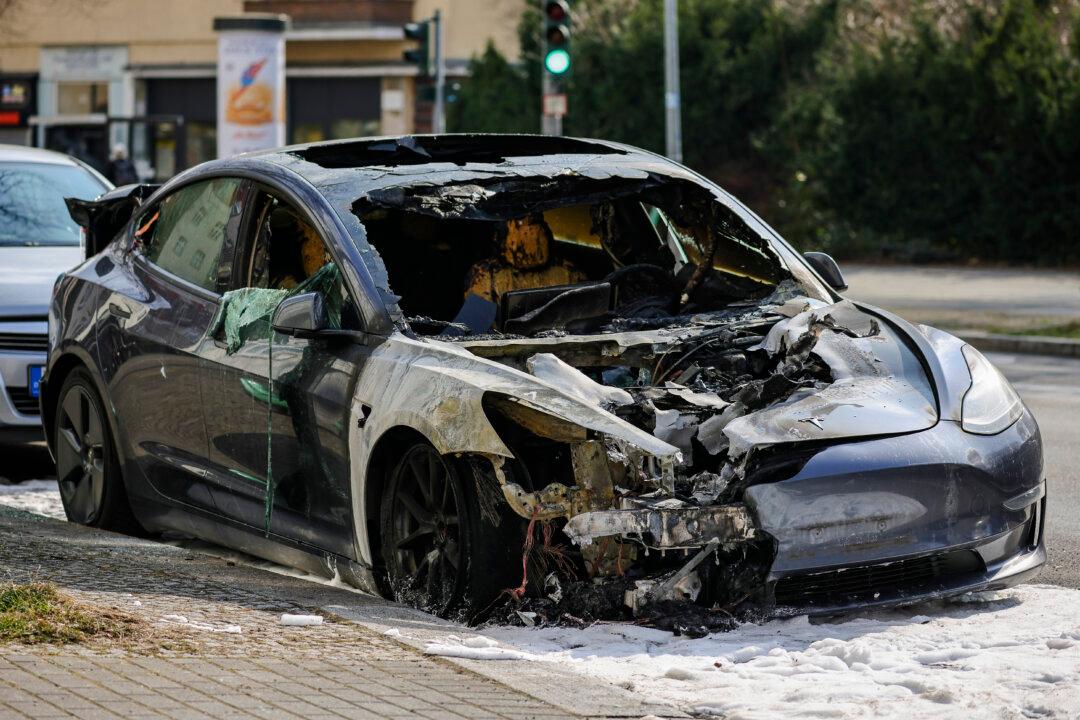Recently, the Copenhagen Zoo shot a young giraffe named Marius with a bolt gun, publicly dissected it—like a hanged criminal in 18th-century England—in front of children, and then fed the remains to the zoo’s lions. Marius was killed, the zoo said, because there was no space for him, his genes were already well represented in European breeding populations, and he was therefore a surplus animal.
Despite offers from other zoos and even a private individual to take Marius, the Danish zoo wanted to avoid the possibility of inbreeding and thought that euthanasia was the best solution. European zoos, by the way, are not allowed to sell their animals, so no private individual could have bought Marius.
A month later, the zoo also killed four lions, two adults and two cubs. Whether they were the lions fed on Marius’s carcass is not known. The lions were killed because a new adult male was about to be introduced into the pride. The two adults were near the end of their lives, anyway, and the cubs would almost certainly have been destroyed by the new male. It is the custom among lions that adult males wipe out the cubs of other males if they can.
One of the zoo’s senior staff likened the killing of the giraffe to vaccination, which, he said, is unpleasant for the child but good for the health of everyone in the long run. This was an unfortunate comparison, perhaps, because vaccination is not intended to work by killing the recipient.
The death and subsequent fate of Marius sparked an international furor that took the zoo by surprise. Despite the severity of the economic crisis in Portugal, for example, demonstrators took to the streets in protest, complete with an enormous stuffed-toy giraffe laid on a sheet stained red with blood. To judge by the number of reader comments on newspaper articles, the story of Marius moved the public more than any other news event during the same period.
A detail of the episode was particularly revealing: the zoo’s scientific director, Bengt Holst, received several death threats by email and telephone. One animal lover, incensed at the way Marius had been treated, wrote that children of the zoo’s staff should get cancer or be killed.
Irrespective of the rights and wrongs of the zoo’s conduct—its public relations were maladroit, to say the least, and its public statements callous—the wish that children of zoo staff should die reveals the close association between sentimentality and brutality, the two being flip sides of the same coin. It is difficult to believe that, had the zoo acted thus with, say, a warthog, or a hyena, it would have aroused anything like the same response. A giraffe engages human sympathy because it has an attractively plaintive face and, above all, big brown eyes and long eyelashes.
Sentimentality toward some is often accompanied by brutal and unfeeling rage toward others. The sentimental are often cruel, and the cruel sentimental—a point worth bearing in mind.
Theodore Dalrymple is a contributing editor of City Journal and the Dietrich Weismann fellow at the Manhattan Institute. This article originally appeared on the Manhattan Institute’s City Journal website.





